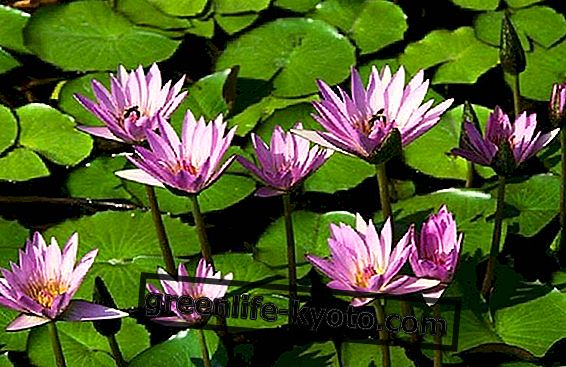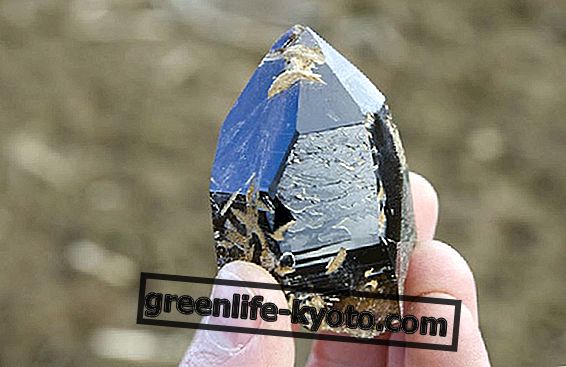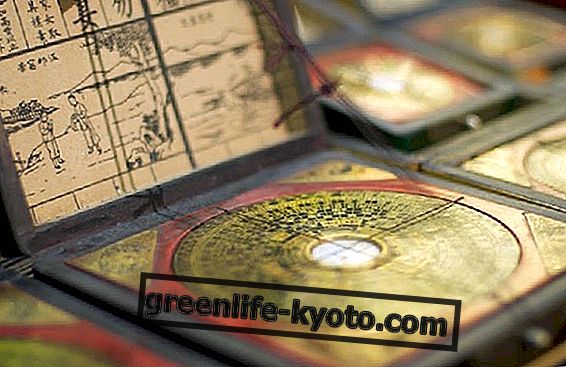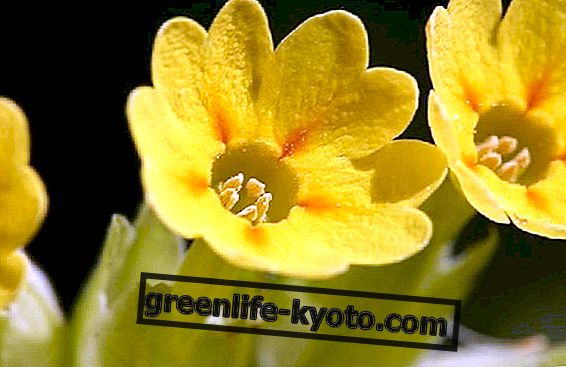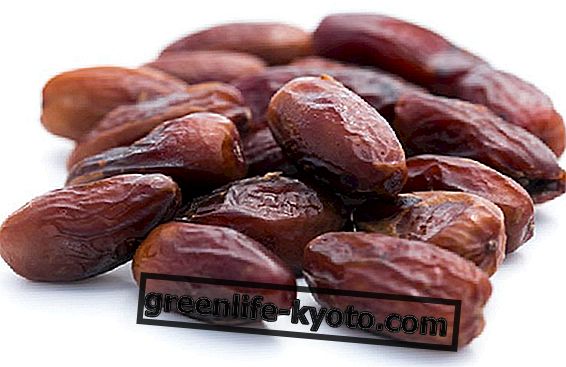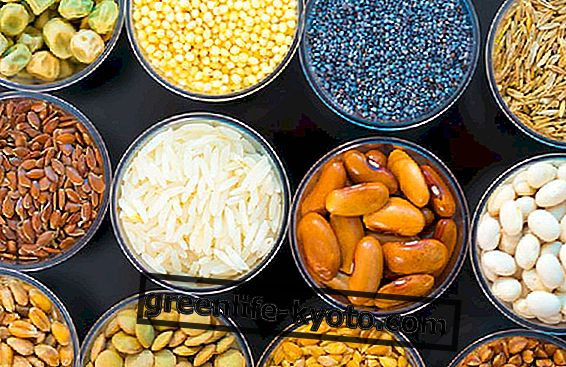
A healthy diet provides for a high consumption of fruit, this is known, but for food to be also aware, it is important to undertake a journey of discovery and rediscovery of the lesser-known fruits, generally relegated outside the logic of the agri-food market.
Certain unique flavors, and all the benefits that can be enjoyed only thanks to the fruits of plants not selected for commercial purposes, can only be experienced by those who have the desire and the curiosity to try their hand at researching or cultivating rare or unrecognized plants.
In this article we will discuss 3 fruits to be considered unknown: a fruit originating from the Yucatan, the acerola (Malpighia emarginta); pawpaw (Asimina triloba), one of the few fruits originating in the area corresponding to the United States; and the pepino dulce (Solanum muricatum), an interesting solanaceous that is supposed to come from the border areas between Chile and Peru.
The acerola
The small evergreen tree of the acerola produces a fruit apparently similar to a cherry, fiery red, juicy, as sweet as acidulous, containing three light seeds.
Despite being native to the Yucatan and the Caribbean, the fruit of the acerola was so interesting and precious to be domesticated and cultivated also in many other countries of South and North America, in Africa, in India, in Australia .
It is considered one of the most abundant fruits of vitamin C ever, and it is good to remember that for the human being, food is the only way to take ascorbic acid, unlike many animals that can synthesize it starting from sugars such as glucose or dextrose.
It also contains almost the entire range of B vitamins (especially B5 ) and is also particularly rich in manganese.
Because of its antioxidant properties, the acerola is consumed in many countries as a fresh fruit, in the form of a very delicious juice, baby food and concentrated pulp .
Find a traditional use in combating problems such as diarrhea, fever, liver problems . It is an ideal food to strengthen the immune system, to counteract oxidative stress and coronary artery problems .
The acerola rich in vitamin C against the flu

The pawpaw
One of the favorite fruits of the Native American tribes was the pawpaw, from which among other things the term "papau" derives, at the root of the name papaya .
The fruit is produced from a tree of the Annonaceae family about ten meters high, with a very fine stem, and has a shape that may seem to be the middle between a smooth graviola and an elongated mango .
Its color is yellowish green when fully ripe, the flesh is intense yellow, rich in seeds and fatty acids, especially caprylic acid, an excellent antimicrobial able to stimulate the appetite. The flavor varies between that of banana, melon and cherimoya.
Some phytosubstances contained in the fruit are extracted and used because of their useful toxicity to counteract the propagation of cancer cells, in case of colon cancer and prostate adenocarcinoma.

The pepino dulce
The Spanish name by which the fruit is known (which literally translates as " sweet cucumber ") suggests its Latin American origin .
The fruit of the pepino dulce hangs from the bushy and leafy plant; at the beginning it is green to then become cream yellow, slightly orange, with brown or slightly purple streaks . The shape is oval-heart-shaped and the interesting and sweet taste is somewhat reminiscent of melon, cucumber, pear and banana.
Originally from South America, pepino dulce was first exported to Australia, USA, New Zealand, but over time its cultivation has spread to many North African and sub-Saharan African countries, especially Morocco and Kenya, to those of the fertile crescent and to other Mediterranean countries such as Spain, Cirpo, Turkey . It is also quite successful in Japan.
It is a fruit very rich in fiber and guarantees a good supply of antioxidants, especially carotenoids and vitamins such as C and K. These elements, plus the minerals and some secondary metabolites typical of solanaceae, are indicated to counteract oxidative stress and effectively reduce the "bad" cholesterol.

Availability of acerola, pawpaw, pepino dulce
Luckily, it is not always easy to find these fruits in our country . We can rely on shippers via the internet, which offer increasingly affordable prices due to the competition, but can also be tried in their cultivation .
The acerola is a sapling that can often be found even in the form of bonsai, bears ill willingly temperatures close to zero and winds too strong. The less stresses it is subjected to, the sweeter the fruit will be.
The pawpaw is a tree of about 10 meters, which also requires temperatures no lower than 5 ° c .
Pepino dulce can be easily planted in the garden as a tomato or aubergine plant, it can withstand the cold but often requires water.
